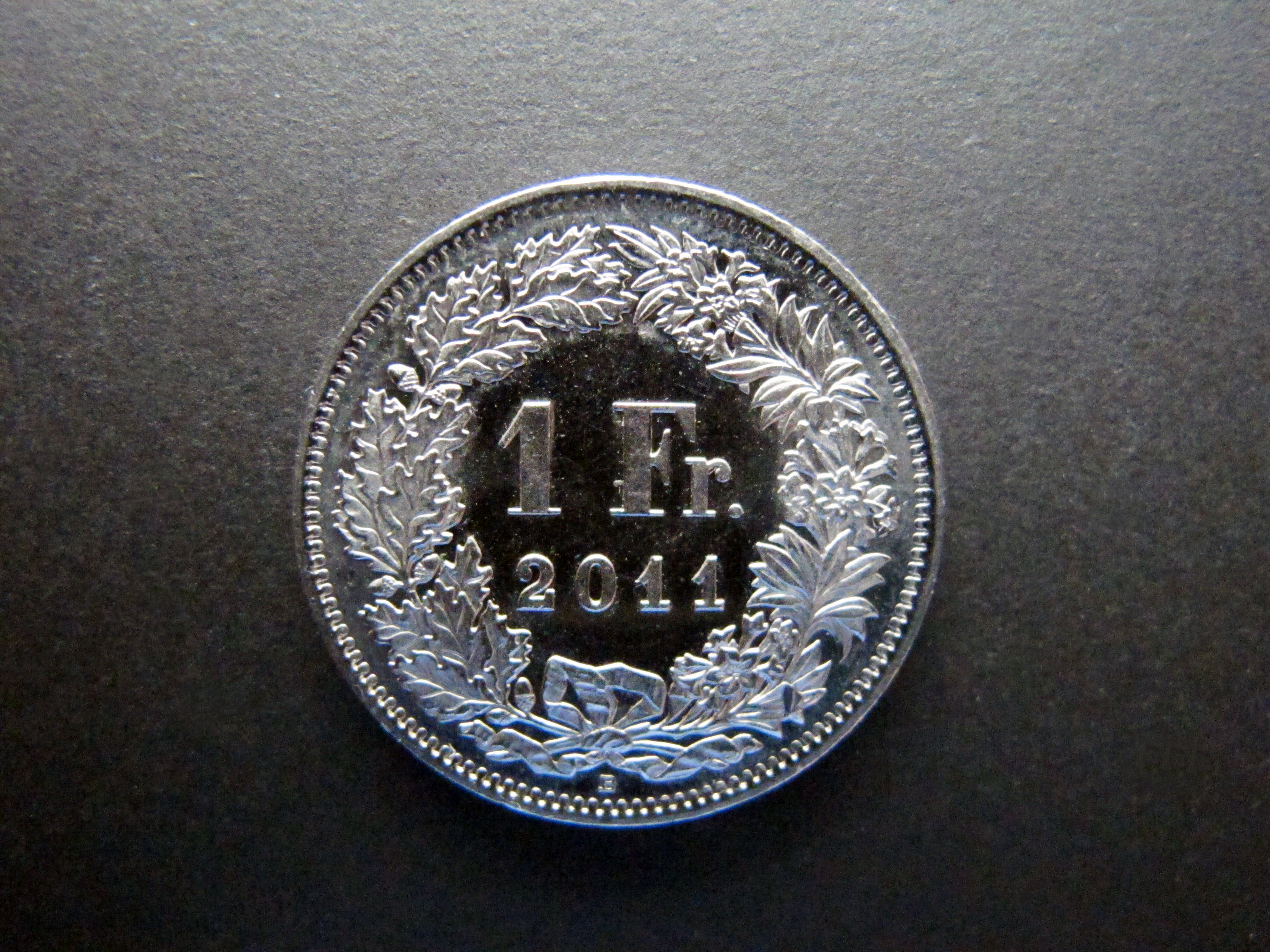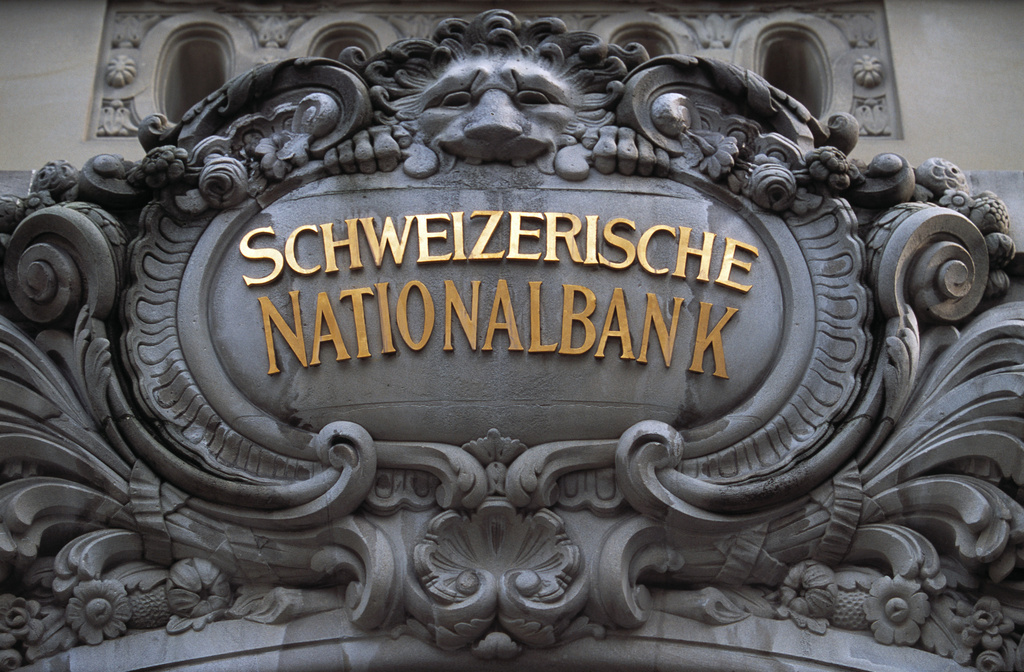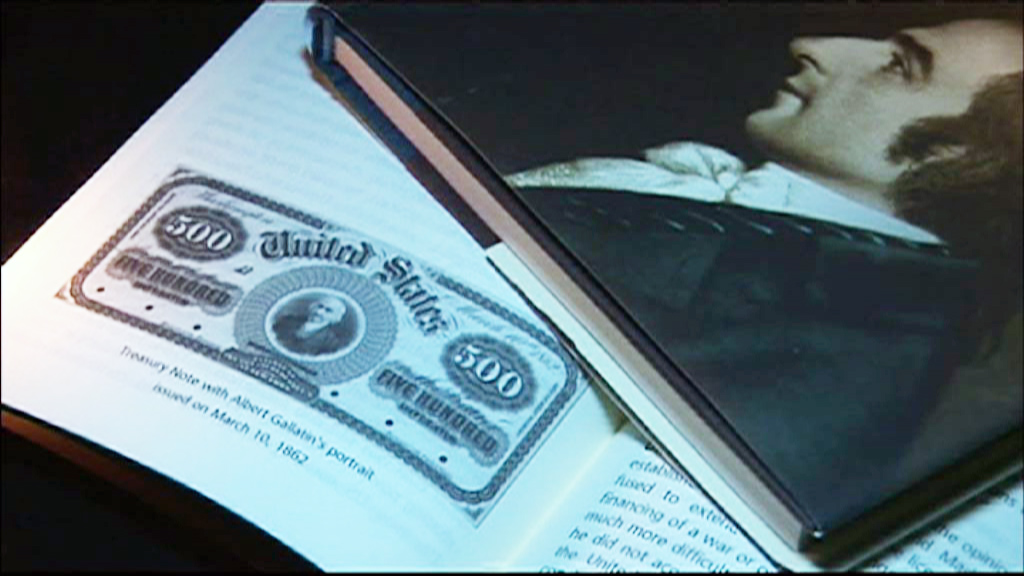Exchange rate controls could stay “for years”

The Swiss National Bank (SNB) may be forced to intervene in the currency markets for some years to come to prevent the franc from appreciating too quickly against the euro, according to observers.
On September 6, 2011, the central bank imposed a SFr1.20 exchange rate floor against the euro to halt the rapid rise of the franc, which was threatening price stability and exporters. The SNB has recently been forced to buy up vast quantities of euros to defend its policy.
One year on from the SNB’s watershed decision, conditions are still desperate for the ailing euro. The European Central Bank is pumping billions of euros of liquidity into the markets, the Greek rescue is far from being resolved, Spanish banks have been nationalised while countries have been downgraded by ratings agencies.
Against this backdrop of eurozone volatility, it looks certain that Switzerland’s central bank will be active in the forex markets for some time to come.
“There are no technical limitations to the SNB printing more money to keep the exchange rate glued to SFr1.20 and absorb whatever comes its way,” Charles Wyplosz, currency expert at Geneva’s Graduate Institute, told swissinfo.ch.
“If the SNB drops the policy now it would have to take massive losses on its foreign currency holdings. It will just have to keep soldiering on until the eurozone recovers.”
Fair value
It could well be a “matter of years” before the single currency is stabilised, according to Bank Sarasin economist Jan Poser. “The SNB could well be in it for the long term,” he told swissinfo.ch.
But if that happens, the SNB’s assertion that the franc is over-valued may be eroded. Although it only costs around SFr1.20 to buy a euro at the moment, most estimates believe this should be in the range of SFr1.32 to SFr1.35.
Falling consumer prices in Switzerland and rising inflation in the rest of Europe are gradually increasing the purchasing power of the franc – and thus its “fair valuation” against the euro.
“If this continues then SFr1.20 against the euro would represent fair value within three years,” Poser calculated. “In this case the SNB would have to adapt its policy, perhaps by replacing its fixed floor with a crawling peg.”
Fortunately for the central bank, initial criticism of its exchange rate policies has died down in recent months as it became apparent that the euro crisis would last for some time to come yet, and perhaps even get worse.
Coffers swelling
The central bank’s policy has been credited with preventing steep deflation, and while exporters still struggle with uncompetitive prices they can at least plan their budgets with some mid-term certainty.
This is just as well for the central bank considering its massive summer forex interventions as Greek political uncertainty and growing fears for Spain, Italy, Portugal and Ireland rocked the euro boat even further.
SNB foreign exchange reserves – that stood at SFr257.5 billion at the end of 2011 – shot up by 28 per cent in May alone to SFr306 billion, then up to SFr365 billion in June and to SFr406 billion by the end of July.
August figures are not yet released, but the increase in funds deposited by commercial banks at the SNB (sight deposits) was not so significant last month, hinting at a modest growth in currency reserves.
The SNB’s foreign exchange reserves now equate to a whopping 71 per cent of gross domestic product, compared to around 10 per cent in the pre-financial crisis years.
This ratio dwarfs that of the United States, Japan and even China – the arch manipulator of currency exchange rates. In normal times, such a strategy would bring howls of protest from other countries.
In such a volatile environment many other central banks have also been forced to resort to extreme tactics to keep their economies under control. But observers are keeping their eyes peeled for critical statements from other countries that would imply outside forces putting pressure on the SNB to change course.
Debate rages
The Swiss central bank has been diversifying its reserves more widely, investing in German government bonds and a range of other currencies.
But the performance of these investments has been reflected by the volatility of the markets. A first quarter SFr2.6 billion paper loss on foreign currency positions changed to a provisional SFr5.1 billion gain for the first six months of the year.
In the meantime, the debate still rages about how the SNB should invest its massive foreign exchange reserves in future, how it will eventually dispose of them and what implications its policy will have on real estate prices and inflation.
The last large scale SNB forex intervention in the 1970s was followed by rampant inflation, but the central bank first has to turn its attention to deflation caused by the reduced price of imported goods.
“As long as the franc remains over-valued Switzerland will be facing deflation rather than inflation,” Sarasin’s Poser told swissinfo.ch.
Grand experiment
The SNB was recently granted new powers to slow down mortgage lending by forcing banks to hold larger capital buffers against default risk. It is hoped that this measure will be enough to deflate a feared housing bubble.
How to invest and then dispose of reserves remains an open question and depends on the future direction and volatility of the foreign exchange markets and the how the euro problem will finally be resolved.
If the global economy picks up and inflation starts to rise, a corresponding hike in interest rates could weaken the value of many SNB’s assets denominated in foreign currencies – particularly bonds.
An ongoing political debate in Switzerland is putting pressure on the SNB to deposit its reserves in other assets that are less prone to this inflation hazard (see related story). So far, the SNB has failed to respond to this suggestion.
“The SNB has embarked on a huge experiment that it has never undertaken to this extent before. It might prove successful but every crisis throws up unforeseen elements, so anything is possible,” mused Wyplosz.
Investors flocked to the safe haven franc following the 2008 financial crisis and subsequent global recession and eurozone crisis.
In October 2007, SFr1.67 bought a single euro but as this rate rapidly sank below the SFr1.50 mark, the price of Swiss goods sold abroad soared.
Faced with an uncontrollably appreciating franc that threatened deflation and harmed exporters and the domestic tourism industry, the central bank decided in 2009 to buy up large quantities of euros.
Foreign currency holdings rose from SFr47.5 billion in 2008 to just under SFr95 billion by the end of 2009.
A second buying spree in 2010 saw reserves escalate dramatically to SFr204 billion.
But the forex intervention came at a steep SFr26.5 billion loss, resulting in an overall loss of SFr19.2 billion for the central bank at the end of 2010.
With the franc threatening to hit parity with the euro in August 2011 (reaching SFr1.04 on August 11), the SNB starting printing more money in huge quantities (an extra SFr170 billion was pumped into the markets in two weeks).
The measure only partially helped the situation, forcing the SNB to announce on September 6 that it would react against the “massive overvaluation” of the franc by enforcing an exchange rate floor of SFr1.20 against the euro.
The central bank stated that it would “no longer tolerate” an exchange rate below this threshold and would defend its policy by buying foreign currency in “unlimited quantities”.

In compliance with the JTI standards
More: SWI swissinfo.ch certified by the Journalism Trust Initiative



You can find an overview of ongoing debates with our journalists here. Please join us!
If you want to start a conversation about a topic raised in this article or want to report factual errors, email us at english@swissinfo.ch.